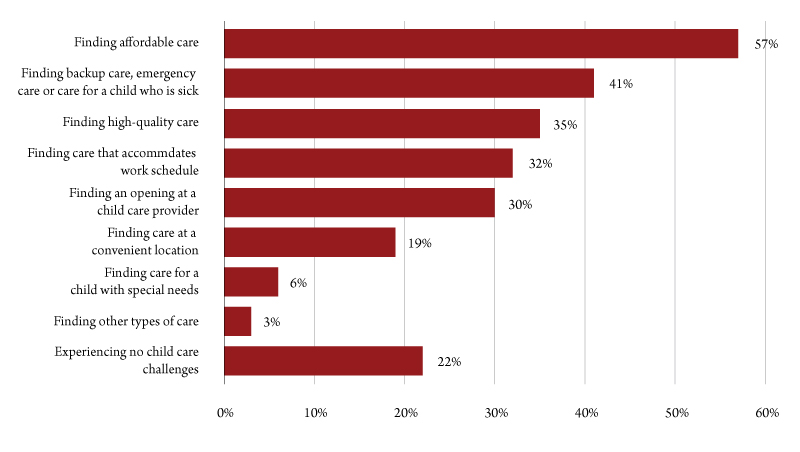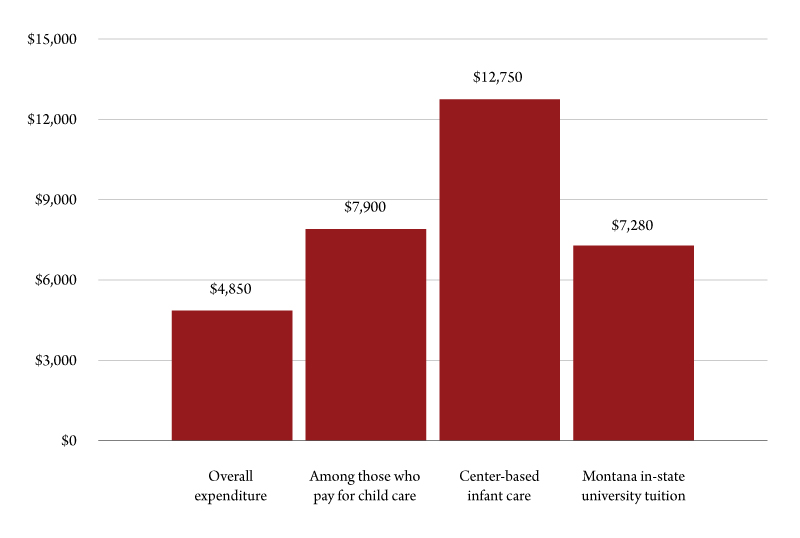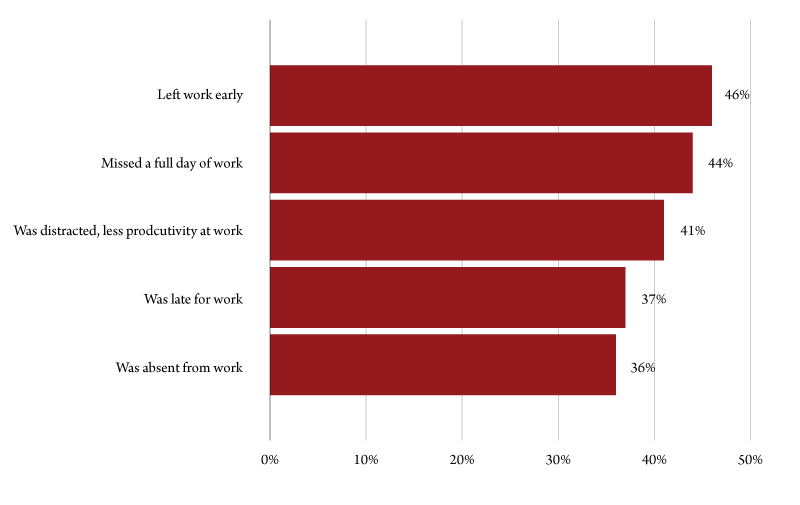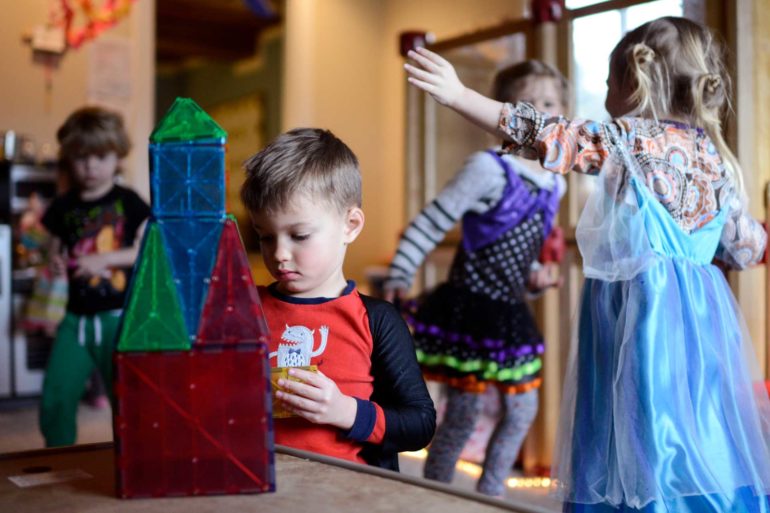If you are a parent, you are keenly aware of the difficulties in providing adequate child care for your young children. It’s no secret that child care can be costly and inadequate child care can contribute to a host of issues, including job selection, absenteeism and work performance. That can in turn can affect one’s earning potential, as well as the earning potential of employers and the greater state economy. Put it all together and Montana loses $232 million a year due to inadequate child care.
Parents in the state struggle with this issue and their options for providing child care before their children reach school age vary broadly. It can be as clear-cut as one parent staying home with the child full time, arranging care with a relative, or something more complex – utilizing a combination of several child care alternatives, such as a child care center.
At least 73% of Montana households with children ages 0 to 5 years old require some form of child care. These types of arrangements allow parents to earn a pay check, but they often do not fully meet their needs. Child care is costly and the younger the child, the greater the cost.
During the winter and spring of 2020, the Bureau of Business and Economic Research conducted a Federal Reserve Bank of Minneapolis-sponsored survey to examine issues related to inadequate child care in the state. Most respondents replied prior to the impact of the COVID-19 pandemic, but responses received after the start of the pandemic were not substantially different than those received before.
The survey found that a majority of households used more than one form of child care. About 58% of respondents said they have their children stay at home with a parent, stepparent or guardian at least some of the time. One-quarter (25%) of households had children who attended pre-K or kindergarten, while nearly as many (24%) had children staying with a family member other than a parent. Twenty-three percent of households had children attending a licensed child care center, and 11% had children attending a licensed home-based family or group care provider. The remainder included households with children in Head Start, a child staying with an unlicensed, unrelated person who cares for a few children, or those who employed a babysitter or nanny.
Respondents reported experiencing a number of challenges with 57% saying that finding affordable child care was their greatest issue. A large percentage (41%) have faced problems with finding care when their primary arrangement is not an option, such as when their child is sick. This has led to 46% of respondents reporting that they had to leave work early and 44% missing a full day of work in the past month due to inadequate child care.
Finding high-quality care and care that accommodates a parent’s work schedule has posed significant challenges as well – 35% of Montana households deal with these issues. Less than one-quarter (22%) of respondents indicated that they experienced no challenges when it came to accessing child care.

Scope of the Issue
When examining the financial impact of child care in Montana, the average annual cost for all households with children ages 5 years and younger (regardless of their child care arrangements) equaled $4,850. If averaging only for households that pay for child care, those expenses rise to $7,900, and for center-based infant care (the costliest option) expenses top $12,750. As a point of comparison, average in-state tuition at a Montana university is $7,281 for an academic year.

Inadequate child care affects Montana workers in a variety of ways, all leading to a loss of productivity. Between parents having to leave work early or missing a day of work, households lost an average of 13 working hours per month – equivalent to 5% of total hours worked.
In the year leading up to the survey, close to two-thirds (62%) of responding parents experienced time missed from work, 26% declined to pursue further education or training to advance their career, 22% declined a job offer and 6% declined a promotion. Only 1% of responding households indicated they had experienced losing their job due to child care-related issues. However, 15% of surveyed parents changed from full-time to part-time work, 12% quit their jobs, and 8% chose to not change from part-time to full-time work.

Household Impact
The primary economic impact of inadequate child care on Montana families is the loss of wages. Montana parents lose more than $145 million in wages annually because of inadequate child care. Individual parents of children 5 years old or younger lose $3,110 annually, while Montana households lose an average of $5,700 in wages annually.
It is important to explore the annual wage burden of Montana parents not just in summary, but by specific household characteristics. Households earning $30,000 or less lost on average about $3,400 in wages per year due to issues related to inadequate child care, which is more than 10% of their income. Families with fewer economic resources are likely to face greater challenges in the child care market, which can present a substantial barrier to economic opportunities.
Native American parents, the second largest racial group in the state, were more likely than white respondents to decline further training (47% versus 24%), turn down job offers (37% versus 22%) or quit their jobs (27% to 10%).
Parents in Montana’s urban households face almost the same annual wage burden ($5,580) from inadequate child care as parents in rural households ($5,900). While these two types of households do not see substantial differences on employment and income, urban households reported a greater difficulty finding affordable child care than rural households (60% versus 49%).
Business Impact
Montana businesses also bear a burden caused by inadequate child care, mainly from reduced revenue due to lower employee productivity and increased employee recruitment costs caused by unwanted employee turnover.
In estimating the economic burden, Montana businesses lose nearly $55 million annually. Work problems experienced by parents with young children caused Montana businesses to lose $2,140 per household and $1,170 per parent.
Tax Impact
Taxpayers also carry a major economic burden due to inadequate child care. Specifically, the federal government and Montana state government obtain lower income tax receipts because of foregone wages. According to estimates, lost income reduces combined tax revenues paid to state and federal governments by $32 million dollars annually. Of that, tax revenues lost by the federal government are nearly $23 million annually, while the state of Montana loses $9 million. Tax-paying parents pay $1,260 less taxes annually per household or approximately $700 per parent. This a cost to other taxpayers as their tax revenues must compensate for these losses.
The average economic impacts of inadequate child care borne by parents, businesses and taxpayers in Montana are very similar to the most recent estimates found for the United States as a whole.

Clearly, Montana families must make difficult choices when it comes to caring for their young children. The choice between spending a significant portion of their income on child care or leaving the workforce to care for their child is a hard decision. These working families face economic barriers that impact their earnings and long-term economic security.
Creating greater access to high-quality, low cost, child care and learning programs in Montana will help grow our state’s economy and provide a stable future for our children.


